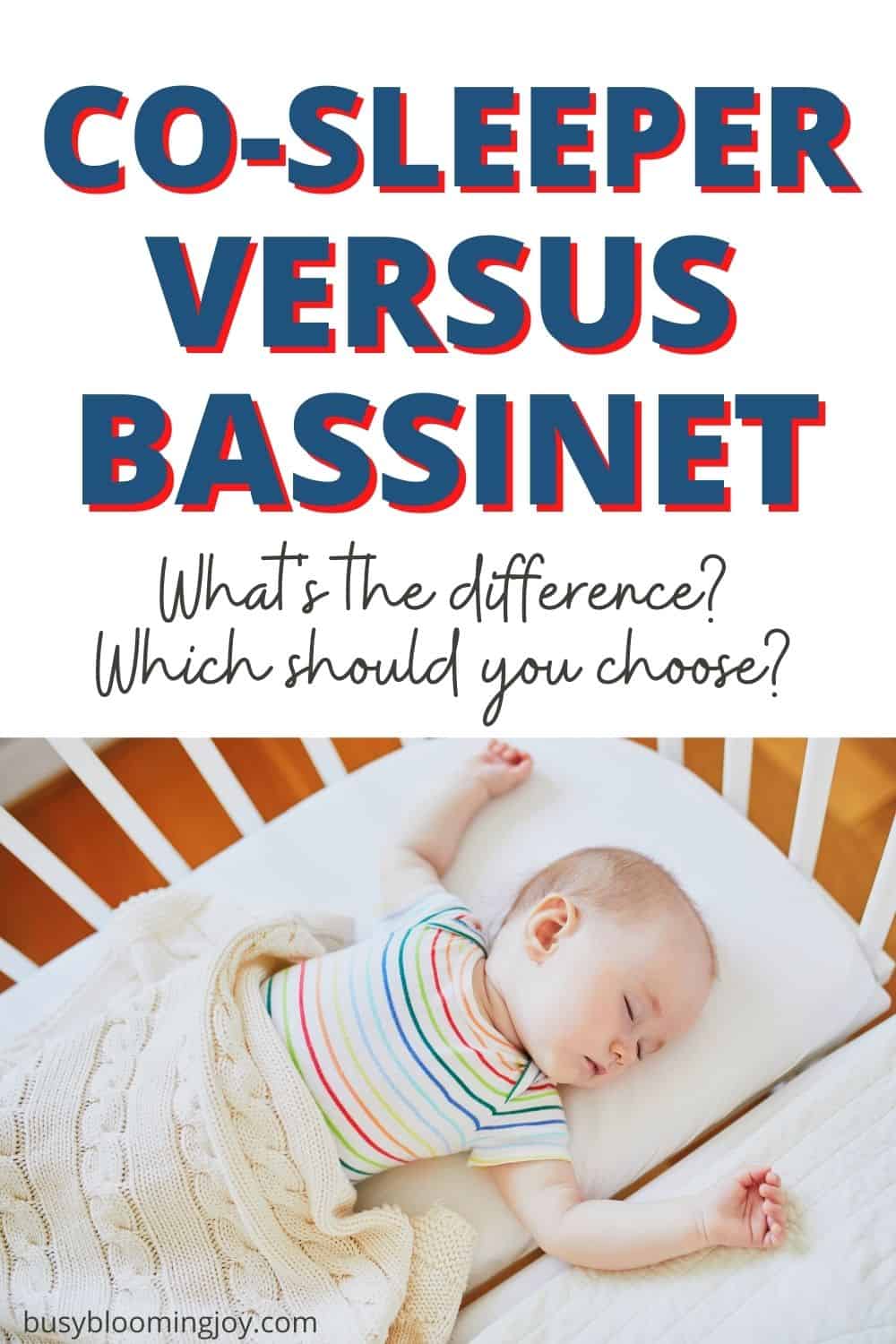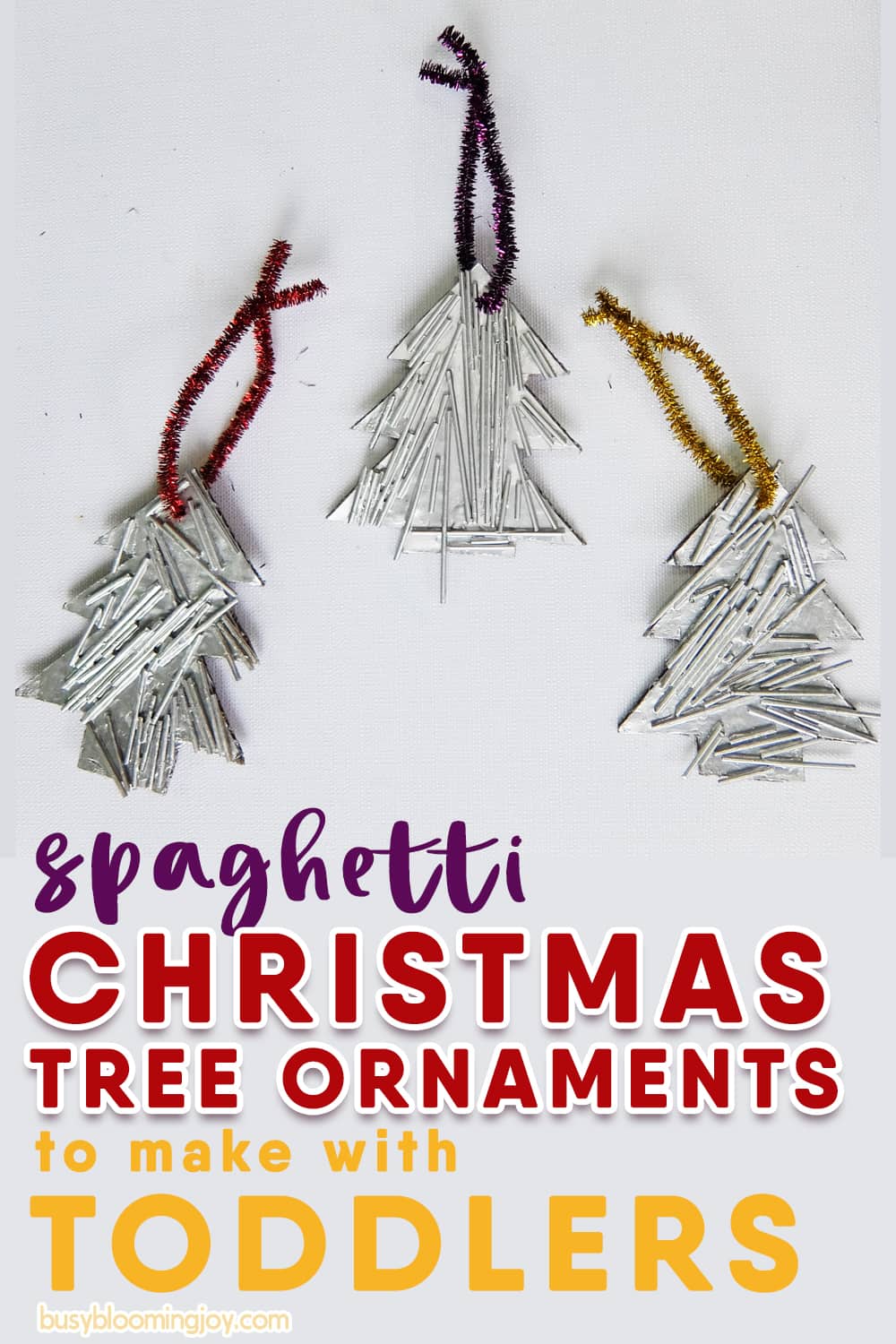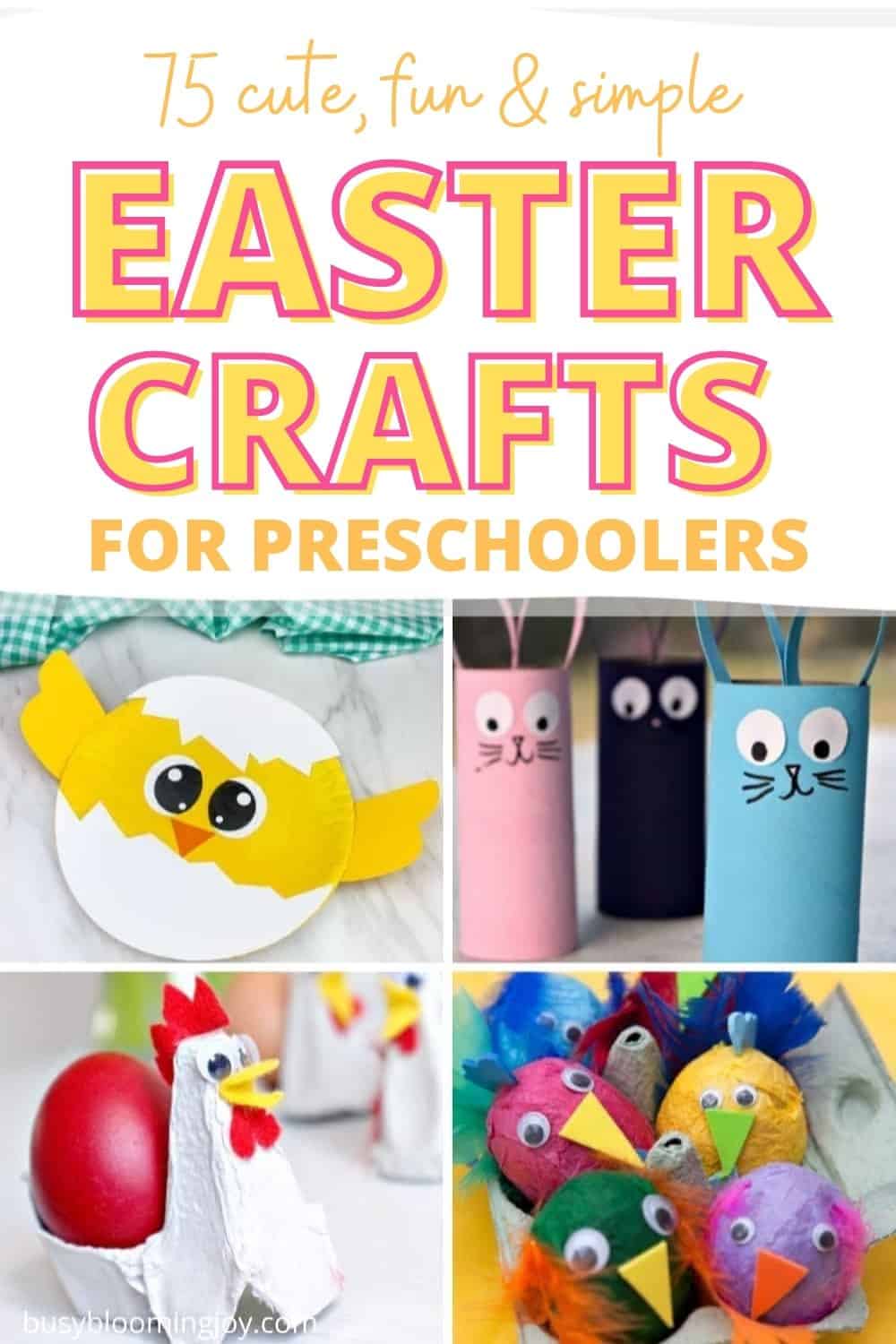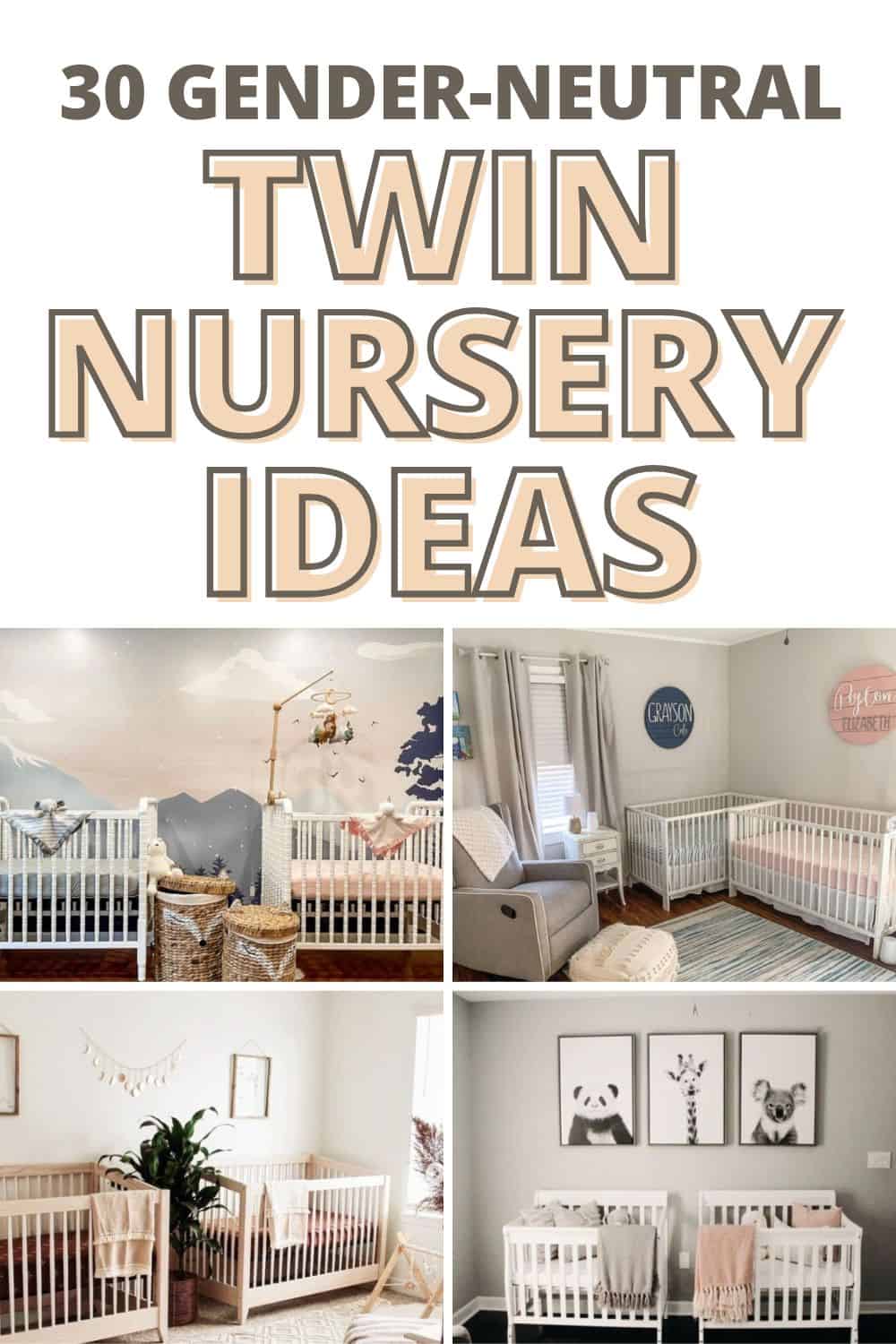With all the baby gear required, thinking about what bed to buy for your newborn baby to sleep in can be quite overwhelming. With the options seeming endless, how do you know that you are making the right choice for your baby and for yourself?
Baby bassinet vs. co-sleeper vs. crib – what are the differences and why should you choose one over the other?
In this article, I am going to uncover the main benefits and disadvantages of each, and look at what considerations you should make to help decide between a bassinet or co-sleeper.
So if you are as confused as many other first-time parents, as I was a few years ago, keep reading and hopefully, you’ll have a clearer idea of whether to go for a bassinet or co-sleeper.
Where should baby sleep the first few months?
Safe Sleep Recommendations state that newborn babies should be in the same room as their parents for the first 6-12 months, but in their own separate sleep space, not in the bed with them.
According to the American Academy of Pediatrics, it is safe for infants to sleep in their own crib, play yard, bassinet, or bedside sleeper, as long as it conforms to the safety standards of the Consumer Product Safety Commission (CPSC).
The mattress should be firm and flat, with a taut sheet and completely clear of any toys, pillows or loose bedding.
The risks of bed-sharing with your baby
When talking about co-sleeping, many people think this means bed-sharing, which is not the case. Co-sleeping using a bedside crib, or co-sleeper, which we will talk about more in a bit, if done properly is perfectly safe.
Bed-sharing however is not seen as safe and is not recommended for babies under the age of 1.

These are some of the major risks associated with bed-sharing with your baby:
- Suffocation or strangulation from loose bedding or pillows
- Rolling on top of your baby, once in a deep sleep, particularly if breastfeeding lying down
- Falling off the bed
Many mothers opt for bed-sharing for convenience when feeding at night, or for the physical bond it allows, however the risks clearly outweigh the benefits, and using a co-sleeper is a safe alternative.
Room sharing for your baby’s safety
The AAP recommends that you share a room with your baby for at least 6 months and ideally for the first year. Room sharing dramatically decreases the risk of SIDS and makes it easier to keep an eye on them, feed and comfort them. This is room sharing however, not bed-sharing.
A bassinet, co-sleeper or crib can all allow room sharing.
What is a Co-Sleeper?
It’s essentially a small crib that becomes an extension of an adult bed. A co-sleeper has a removable side and comes right up against the side of the bed. The co-sleeper can be securely attached to the adult bed to keep it in place, ensuring there is no gap between the sleeper and your bed.
For this reason, a co-sleeper is also called a bedside sleeper or sidecar co-sleeper. Sometimes it’s termed a co-sleeper bassinet.

A co-sleeper is a great safe option for parents who want that physical closeness with their baby, but want to avoid the unsafe practice of bedsharing.
With most co-sleepers you can easily make height adjustments, so as long as your bed has a frame that is not protruding, you will be able to adjust it to fit.
FAQS on co-sleepers
Is a co-sleeper safe for a newborn to sleep in?
Yes, using a co-sleeper is safe for a newborn baby as they’re in their own separate sleep space, rather than in the bed with you. Of course, ensure you’re following safe sleep guidelines and any safety guidelines specific to the co-sleeper.
Most importantly, ensure that the co-sleeper is attached firmly to your bed with no gaps and no chance of gaps appearing after a bit of wriggling around. Make sure it’s at the correct height. On most models, this can be adjusted, and your co-sleeper should sit at the same height as your mattress.
Finally, there should be nothing loose in the co-sleeper, including toys or crib bumpers, and make sure there is no chance of any loose bedding finding its way in.
How long can a baby stay in a co-sleeper?
Most co-sleepers are recommended from birth up to the age of 6 months but that depends a little on their growth and development.
A larger, heavier baby may outgrow it sooner. You’ll need to check the maximum weight recommendation for any potential co-sleepers.
You’ll also need to move your baby out of a co-sleeper once they start to push up.
Is a co-sleeper necessary?
Using a co-sleeper is a personal choice. The American Academy of Pediatrics advises that babies should sleep in the same room as their parents for at least 6 months, and if you want to share a sleeping space with your baby, co-sleepers are recommended over bed-sharing.
Co-sleeper advantages & disadvantages
To help you make an informed decision between a co-sleeper and bassinet, check out the full list of advantages and disadvantages of the former.
What are the advantages of a co-sleeper?
- It gives you a physical closeness to your baby and the ability to nurture that bond
- The convenience of not having to get out of bed to soothe, or for breastfeeding moms, to feed your baby
- It is a godsend for any mother who is recovering from a c-section, where getting out of bed on your own is virtually impossible (I speak from experience here!)
- You can also use it as a stand-alone baby bed, with the side zipped up, giving flexibility
What are the disadvantages of a co-sleeper?
- Most co-sleepers are bigger than standard bassinets
- They have limited use and are not suitable once your baby is moving around or pushing themselves up
- It is not always conducive to a good night’s sleep, especially if one of you is a particularly noisy or wriggly sleeper
- You may have a harder time moving your baby out of your room as they’ll be used to your close presence
Related Post: How To Get Your Newborn Baby To Sleep Without Being Held
What is a Bassinet?
A bassinet is a small standalone bed specifically designed for newborn babies. They tend to have soft cloth or mesh sides and are usually lightweight and portable.

Many bassinets come with a stand so you can either have them on the floor or at waist height, making it easier to pick your baby up and put them down.
Over the years bassinets have advanced and you can now get ones with rocking features, vibrations, and even sound effects.
FAQS on bassinets
How long can a baby stay in a bassinet?
As for co-sleepers, babies can sleep in a bassinet as long as they comfortably fit and don’t exceed the weight limit stated by the manufacturer. Given the smaller size of a bassinet vs. a co-sleeper, most are designed to be suitable up to the age of 4 months
When should I stop using a bassinet?
As soon as your baby is unable to comfortably move their arms or legs or is too heavy for the bassinet, according to the manufacturer’s guidelines, it’s time to look for a bigger sleeping option, such as a crib. If your baby starts to push up, you’ll also need to move them into something else.
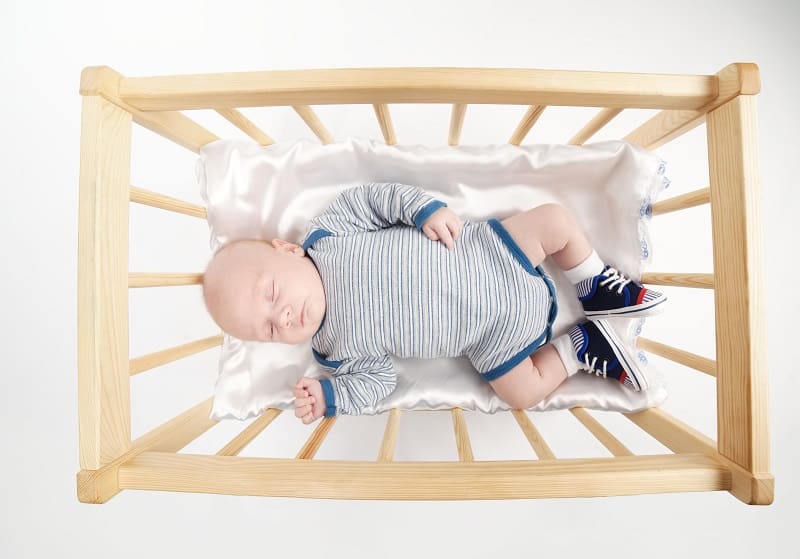
Should the bassinet be right next to the bed?
A bassinet is designed to stand alone so where you put it in your room is entirely up to you. You can park it up right close to your bed for convenience and closeness, but versus a co-sleeper, a bassinet isn’t going to cut it on these measures!
Bassinet advantages & disadvantages
What are the advantages of a bassinet?
- The small design of a bassinet creates a cozy comforting space for your baby – after the close confines of the womb, the smaller their sleep space the better
- A bassinet is light and portable meaning you can take it with you when you visit family or go on holiday, ensuring your baby is in a familiar environment
- They range in price hugely but you can find some really good affordable options
- For a baby who likes to be soothed by movement, you can get one with the extra features
- For babies or parents who are noisy or restless sleepers, using a bassinet may lead to a better night’s sleep
What are the disadvantages of a bassinet?
- Bassinets are designed to be small and cozy so will only last for the first few months
- They also come with a weight limit which again means your baby will grow out of it quickly
- Although you can have the bassinet right next to your bed, it does still require you to get out of bed to soothe or feed your baby
Considerations when choosing a baby bassinet vs. a co-sleeper
When deciding whether to go for a baby bassinet or a co-sleeper, as well as thinking about everything mentioned above, you also need to consider some of the following practical things.
Space needed of co-sleeper vs. bassinet
Co-sleepers tend to be bigger than baby bassinets so make sure you check the measurements and have enough space down the side of your bed. Baby bassinets can always be placed at the foot of your bed whereas co-sleepers need to be to the side.
Price of co-sleeper vs. bassinet
How much do you want to spend on your baby’s first bed? Bassinets and co-sleepers will only be used for a few months, and it won’t be long before you are looking to upsize to a crib – worth bearing in mind.
For this reason, you may even consider skipping both and going to a full-sized crib. (More on cribs later.)
Feeding method
Ok so you may not know how the feeding is going to pan out when you make the purchase, but generally speaking, co-sleepers can make life a bit easier for a breastfeeding Mom. Being able to reach your baby in the middle of the night, without having to get out of bed, is pretty convenient!

Related post: Newborn Breastfeeding: The 5 Golden Rules For Success From The Start
Portability of a bassinet vs. co-sleeper
It is also worth looking at the portability if you think you may travel in your baby’s first 6 months. If you can take your baby’s regular bed away with you, getting them settled in a new environment will be one less thing to worry about.
Related post: 21 Best portable baby beds & toddler travel cribs in 2022
Extra features of co-sleepers vs. bassinets
Look at the added extras that come with some bassinets and co-sleepers carefully. There are endless options! Some rock, some vibrate and some even play music or have lighting. Some even have “cry-detection technology” and are blue-tooth enabled.
It can be a more complicated question than bassinet vs. co-sleeper when the bassinet has extra features. If it’s a case of rocking bassinet vs. co-sleeper, then you may find that the rocking function is more soothing to your newborn than your close presence.
Baby bassinet vs. Co-sleeper: the 5 key differences
By now you should have a good idea of the main advantages and disadvantages of baby bassinets and co-sleepers. Summed up below are the key differences between the two to help you make an informed decision.
#1 Size
Baby bassinets on the whole are smaller than co-sleepers. Something to consider if you have limited space. If you are tight on space, make sure you check the measurements before you buy.
#2 Longevity
The recommendation for both baby bassinets and co-sleepers is that you should move your baby into a crib once they start pushing themselves up or as soon as they reach the maximum recommended weight limit.
Versus a co-sleeper, bassinets are generally smaller in size and usually come with a lower weight limit, so they won’t last as long by several weeks. Whereas co-sleepers are normally recommended for 0-6 month olds, bassinets tend only to be for 0-4 month olds.
#3 Practicality and closeness for feeding and soothing at night
In the battle of bassinet vs. co-sleeper, practicality is where the co-sleeper wins hands down. You don’t need to get out of bed to feed, or even sit up. You can simply slide your newborn over and start feeding.
It can also feel more nurturing to have your baby right by your side in a co-sleeper creating a close physical bond. You can sleep alongside your baby, you can see them at eye level and reach out and touch them, yet they’re safe in their own sleep space. It’s the safe bedsharing alternative.
With a bassinet, you can of course have it right up against your bed, but you do not have quite the same proximity or your baby at eye level.
However, as mentioned above, you might sleep better with baby not quite so close. You’ll also likely have to get up at some point to change your baby’s diaper, so don’t rule out bassinets just yet.
#4 Flexibility
A co-sleeper can also be used as a regular bassinet, if detached from your bed, giving more flexibility to choose what suits you, and your baby best, as they get older and you start to establish a sleep routine.
#5 Portability
Many co-sleepers are designed to be portable, however they tend to be more laborsome to take down and put up again, and are much heavier and bulkier to carry around versus a bassinet.
With a bassinet, you can just pick it up and go, and you can move it from room to room whilst your baby is asleep. You can even buy a foldable bassinet – even more convenient for travel.
Check out our top picks of portable baby beds and travel cots here.
Baby Bassinet or co-sleeper vs. crib
You may ask, is it better for a newborn to sleep in a bassinet or crib? What is the point of a bassinet and is it worth it?
What is a crib?
When we talk about a crib, we are usually talking about a large enclosed baby bed, with slatted sides, suitable for babies and toddlers right up until they are ready to move into a bed.
Can a newborn sleep in a crib?
Cribs are suitable from newborn so there is definitely an argument for not bothering with a co-sleeper or bassinet and going straight for a crib. However, in our opinion, there are two main reasons why you should consider a bassinet or co-sleeper while your baby is small.

1. Space
The American Academy of Pediatrics advises that babies should sleep in the same room as their parents for at least 6 months and ideally up to 1 year. Cribs are much larger than bassinets and co-sleepers and will take up a lot of space in your bedroom, that’s if you are able to fit it in.
Using a smaller newborn option such as a bassinet or co-sleeper gives much more flexibility and room to maneuver.
2. Security
When babies are born they like to be in small, cozy spaces, which is why we often swaddle a newborn to give that feeling of comfort, mimicking the womb. The crib is a big space for a newborn which they may find unsettling. A bassinet or co-sleeper gives that much-needed security for your baby in the early days.
Related Post: What’s better: A swaddle or sleep sack for a newborn?
Frequently Asked Questions about Newborn Sleeping Options
What is the difference between a co-sleeper and a bassinet
A co-sleeper has a removable side and securely attaches to the side of your bed. It effectively becomes an extension of your bed, so that you’re almost bedsharing, but baby has the safety of their own designated space.
A bassinet is a standalone small baby bed, designed for newborns.
There are other differences in terms of size, portability, flexibility and longevity, as outlined above.
Is a co-sleeper bigger than a bassinet?
Yes, co-sleepers tend to be a bit bigger than bassinets, which may be a factor when deciding which to go for. Co-sleepers take up a bit more space, but they may also last a little bit longer.
What bedding do you need for a co-sleeper or bassinet?
For both a co-sleeper and a bassinet, you need tight-fitting fitted sheets. You’ll also need to make sure that the mattress is firm and fits the bassinet or co-sleeper snugly, with no gaps around the outside.
Is a Snuggle Nest safe for sleeping?
A Snuggle Nest is an in-bed sleeper that sits on top of your bed rather than to the side. The recommendation is that your baby sleeps in the same room as you, close to you but on a separate surface. Although Snuggle Nests and other in-bed sleepers have not been deemed unsafe, they are not thought as safe as co-sleepers, bassinets, or cribs.
If you do decide to go for an in-bed sleeper, make sure you pick one with solid sides and ideally with mesh sides to provide good air circulation.
Can you get a co-sleeper for toddlers?
As far as I can see, you cannot buy a co-sleeper suitable for toddlers.
However, it’s relatively easy to DIY a solution. If you purchase a crib which converts into a toddler bed, you can simply remove one of the sides. You’d need to ensure it’ll be at the right height when next to your bed, with no gaps.
This will allow you to safely continue to co-sleep with your older baby and then, toddler.
What is a Pack ‘n Play?
A pack ‘n play, also sometimes called a playard, is a portable crib suitable for use from birth.
Pack ‘n plays tend to be smaller than regular cribs and fold down to be neatly packed away when not in use.
A pack ‘n play can double up as a playpen and although designed for occasional use, there is no reason why you couldn’t use one all the time. It just won’t look quite so aesthetically pleasing in your baby’s nursery!
Co-sleeper vs pack ‘n play with bassinet?
A pack ‘n play is a great option of longevity, with a cosy bassinet that your newborn won’t get lost in that fits on top of the main frame or alternatively, can be used standalone. It won’t offer the closeness and practicality for those newborn months that a co-sleeper will, however.
So, baby bassinet vs. co-sleeper? Which will you choose?
Hopefully, by now, you have a good idea of the key differences, and main advantages and disadvantages, of a bassinet and a co-sleeper.
Which you go for is very dependent on your personal situation. If you have the space and it is important to you to have that close physical presence and you want that close bond but with the peace of mind that you’re following safe sleep guidelines, then a co-sleeper is probably the way to go.
If you are looking for a smaller, lighter, and more portable option, or would prefer your baby to get used to their own sleeping space from the start, a bassinet might be the better choice.


